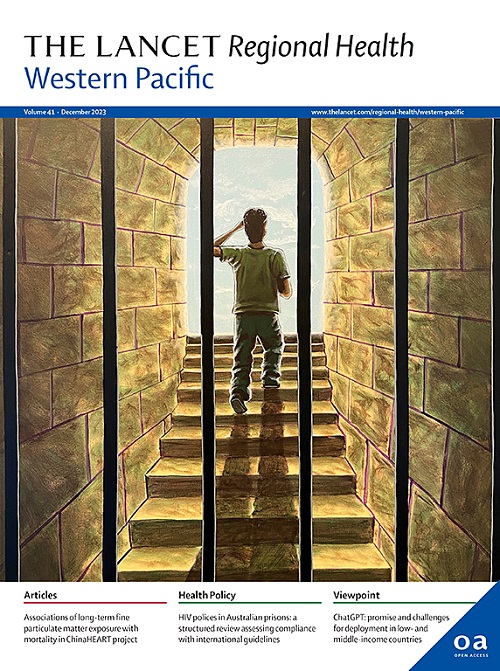Robot-assisted axillary lymph node dissection in patients with node-positive breast cancer: techniques, learning curve, and preliminary results
IF 7.6
1区 医学
Q1 HEALTH CARE SCIENCES & SERVICES
引用次数: 0
Abstract
Background
Robot-assisted axillary lymph node dissection (RALND) has little application experience. In patients with breast cancer that have positive lymph nodes, we present the initial outcomes of RALND.
Methods
We examined the medical records of individuals with breast cancer from a single institution that underwent RALND treatment between March 2024 and August 2024. The clinicopathological characteristics, learning curve, and consequences of RALND were investigated to determine the efficacy and safety of RALND.
Findings
A total of 21 patients with RALND were included in the analysis. we reported that the Docking time took 8–10 minutes, and the average operation duration was 56.1 ± 14.6 min. After the accumulation of experience in 6 patients, the time required to complete RALND stabilized at about 60 minutes. The mean blood loss was 4.1 ± 2.1 mL, and the number of lymph nodes was 17.1 ± 5.6, of which 2.2 ± 3.5 were positive. All 21 patients had good shoulder joint movement (DASH score 10.82 ± 2.46), and no wound infection and lymphatic leakage were observed.
Interpretation
According to our initial experience, RALND is a safe surgical procedure that can decrease intraoperative bleeding and the effect on upper limb function, lower the incidence of complications, and potentially be an alternative technique for treating patients with positive axillary lymph nodes in breast cancer.
求助全文
约1分钟内获得全文
求助全文
来源期刊

The Lancet Regional Health: Western Pacific
Medicine-Pediatrics, Perinatology and Child Health
CiteScore
8.80
自引率
2.80%
发文量
305
审稿时长
11 weeks
期刊介绍:
The Lancet Regional Health – Western Pacific, a gold open access journal, is an integral part of The Lancet's global initiative advocating for healthcare quality and access worldwide. It aims to advance clinical practice and health policy in the Western Pacific region, contributing to enhanced health outcomes. The journal publishes high-quality original research shedding light on clinical practice and health policy in the region. It also includes reviews, commentaries, and opinion pieces covering diverse regional health topics, such as infectious diseases, non-communicable diseases, child and adolescent health, maternal and reproductive health, aging health, mental health, the health workforce and systems, and health policy.
 求助内容:
求助内容: 应助结果提醒方式:
应助结果提醒方式:


